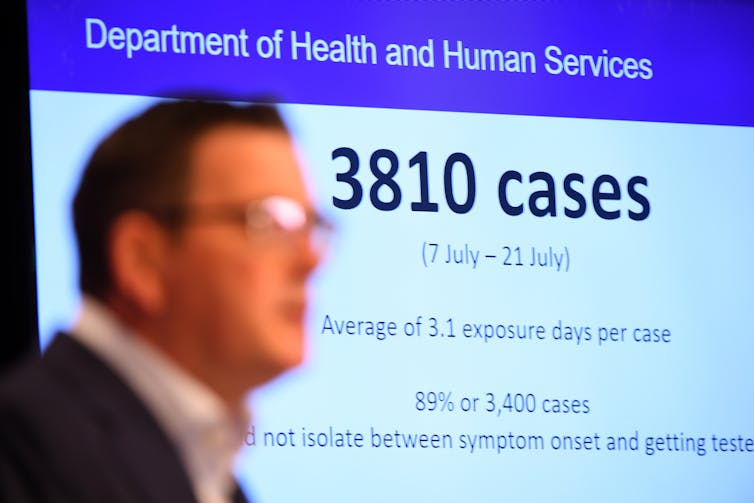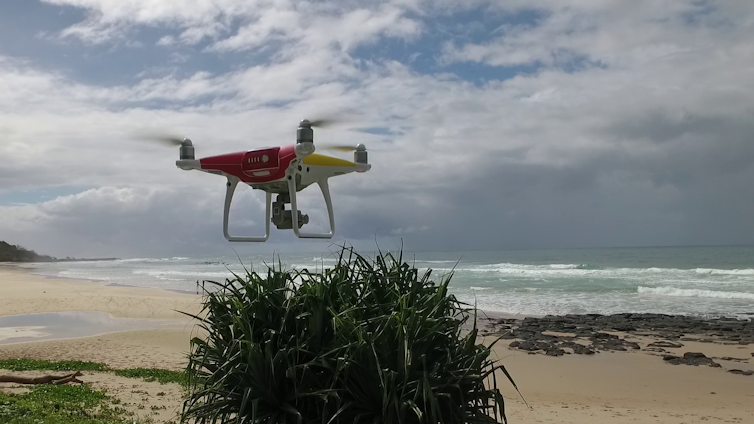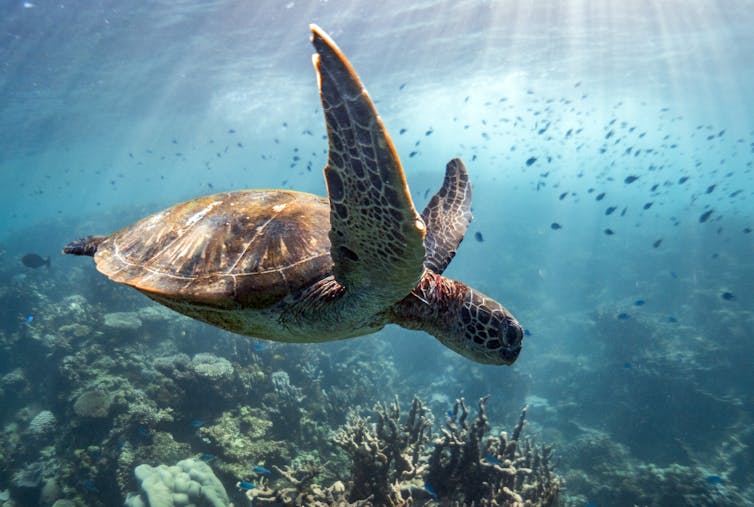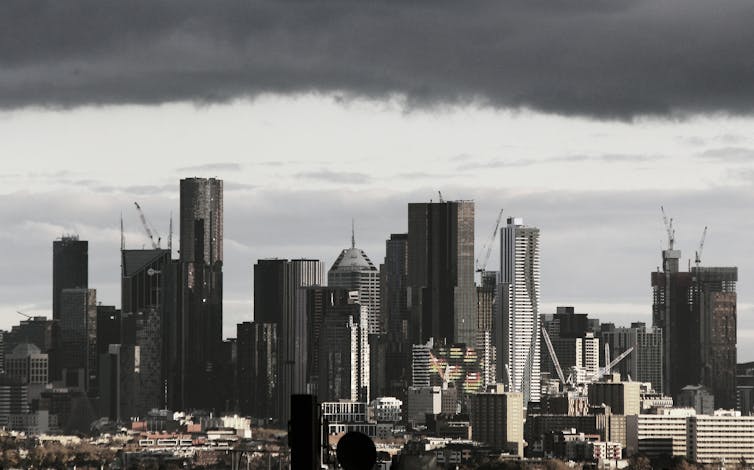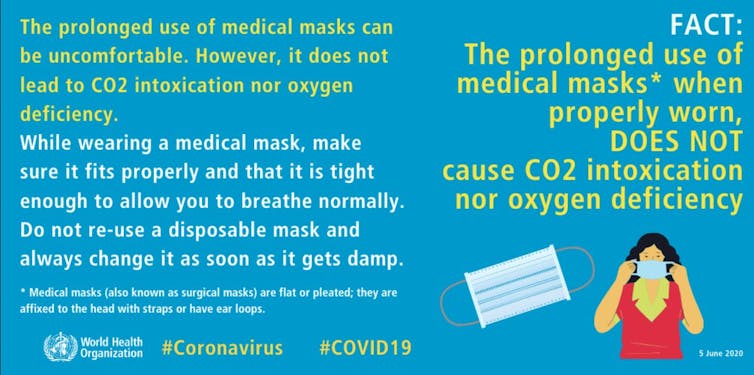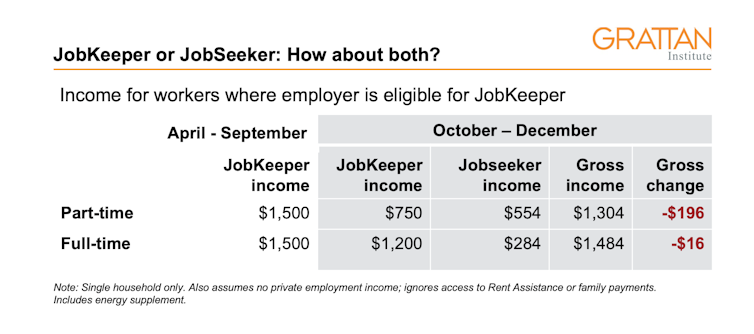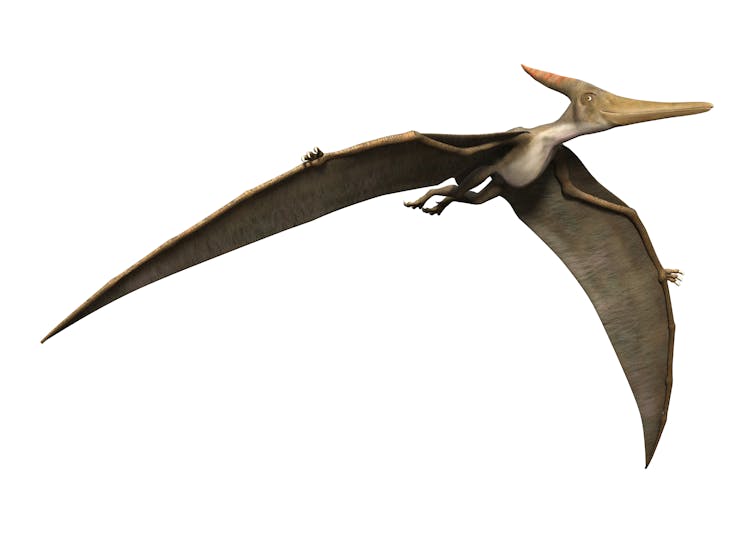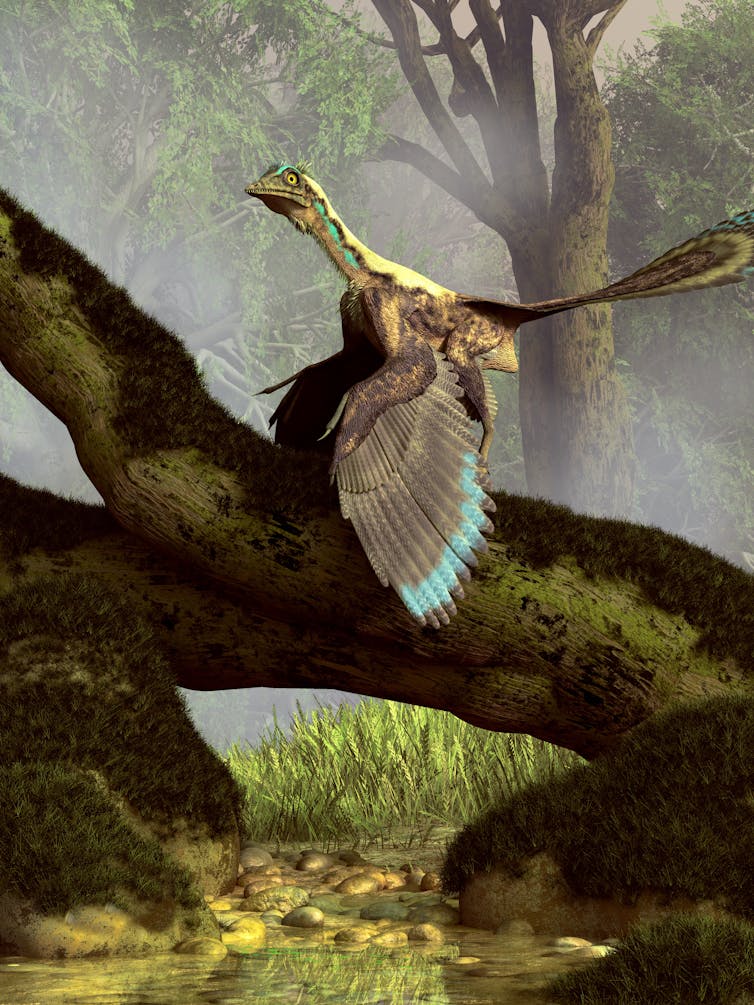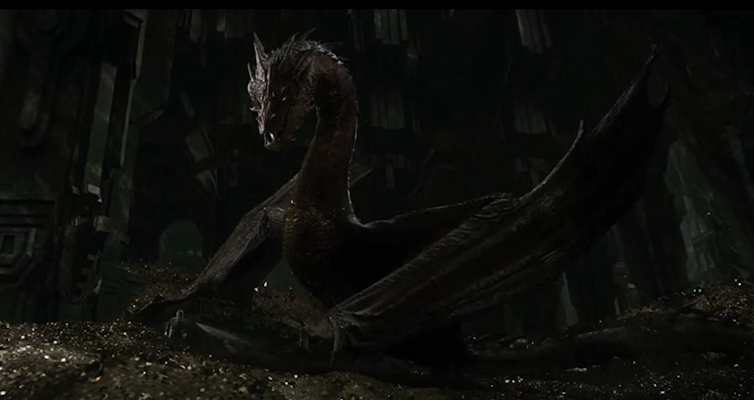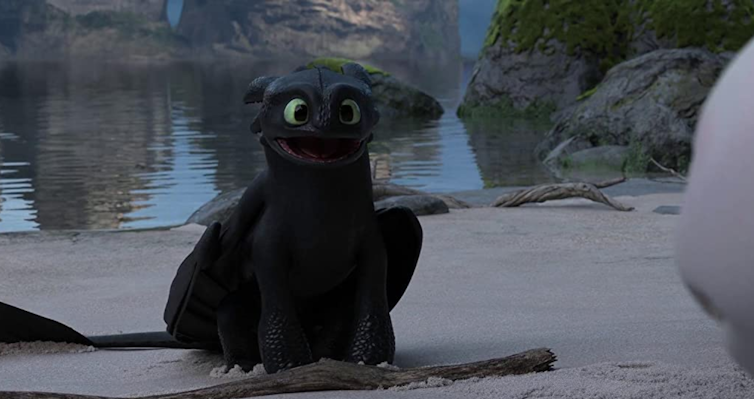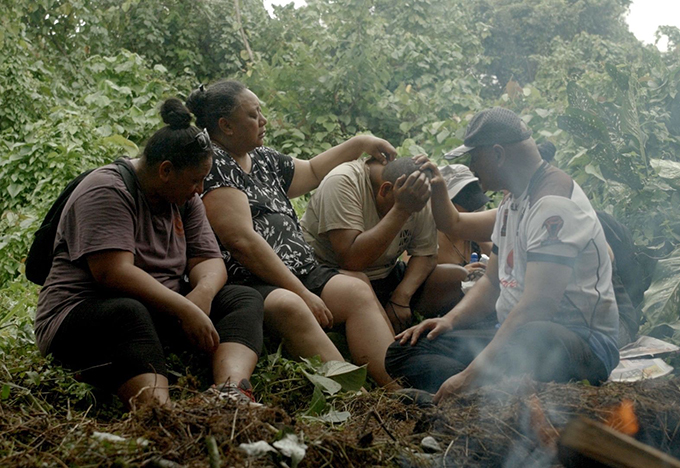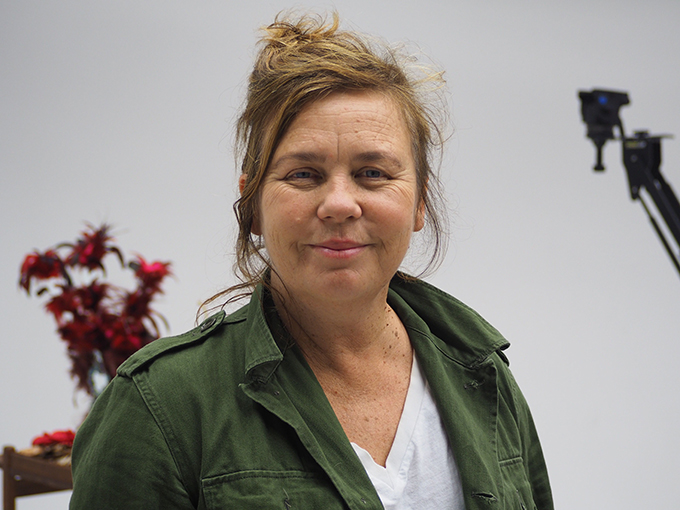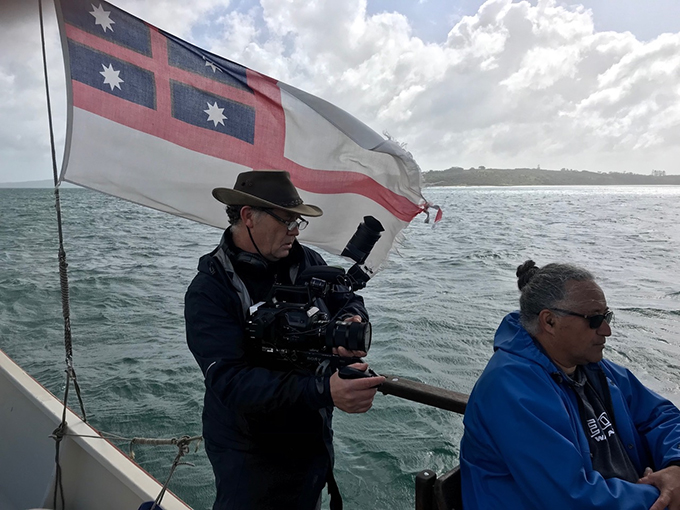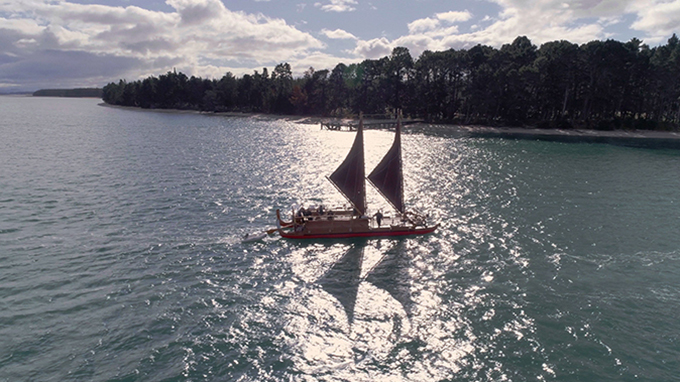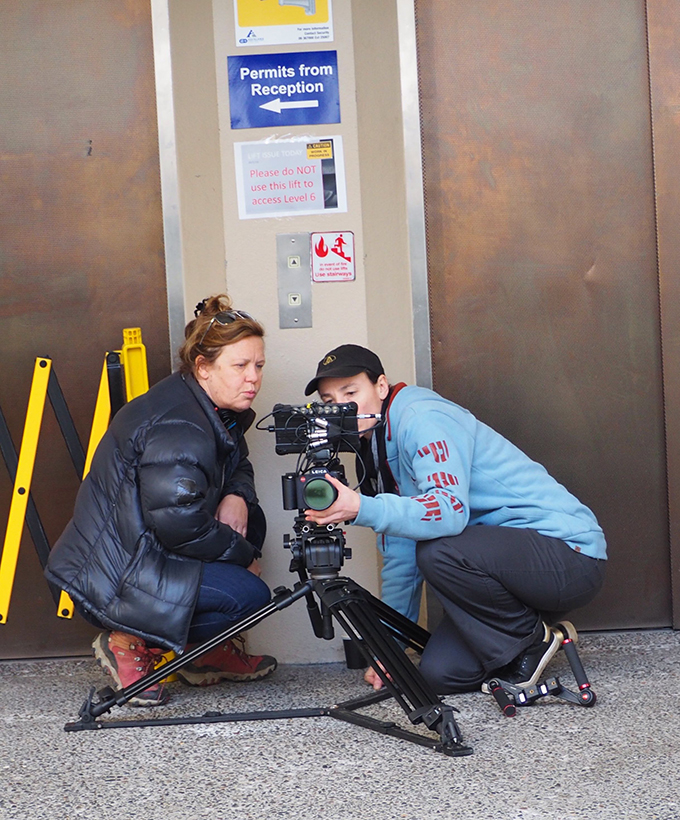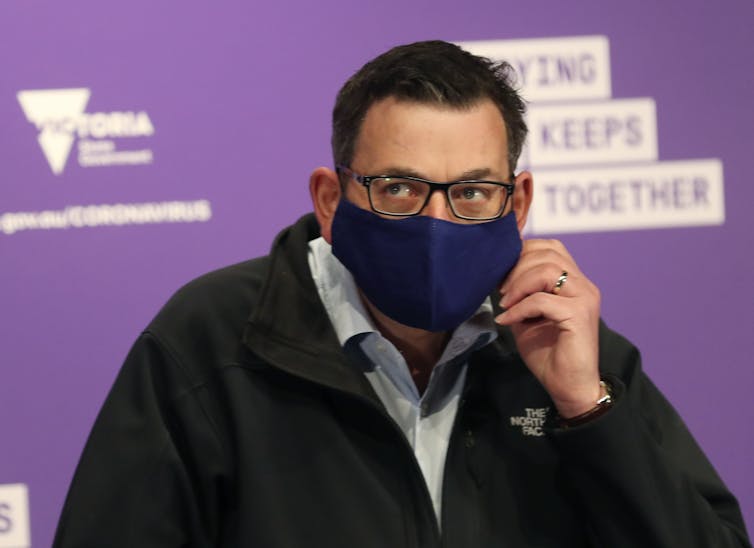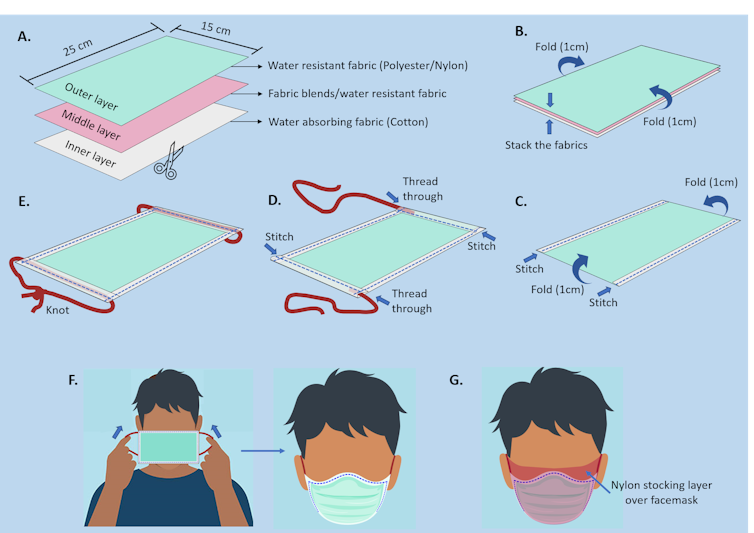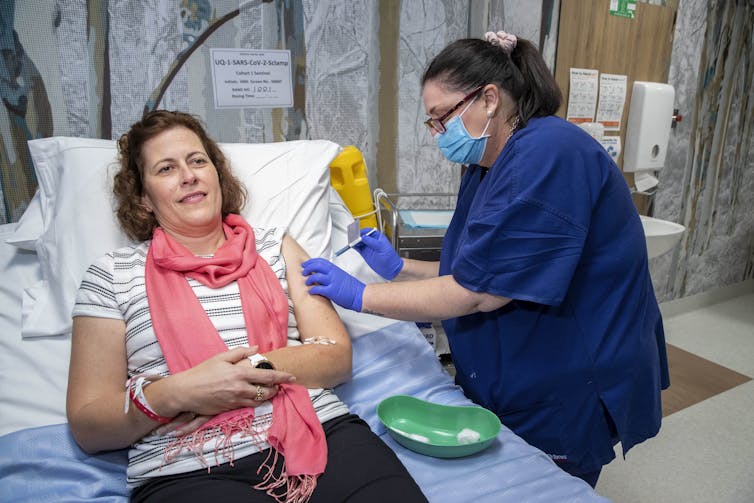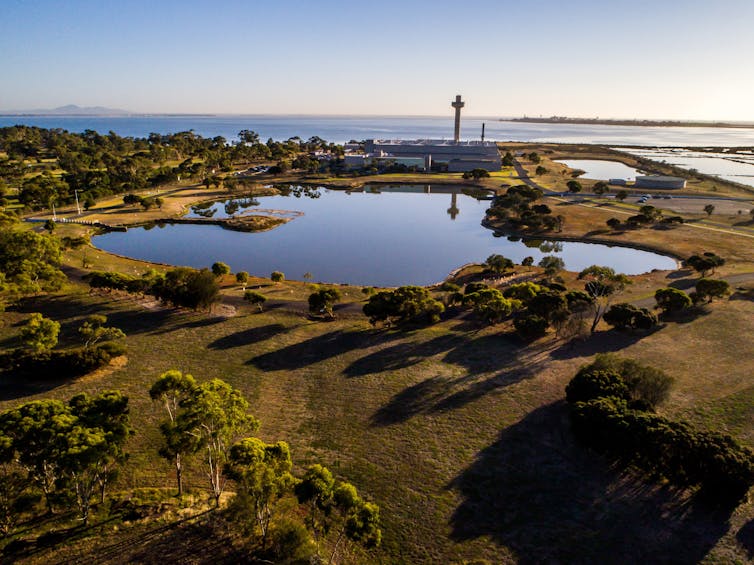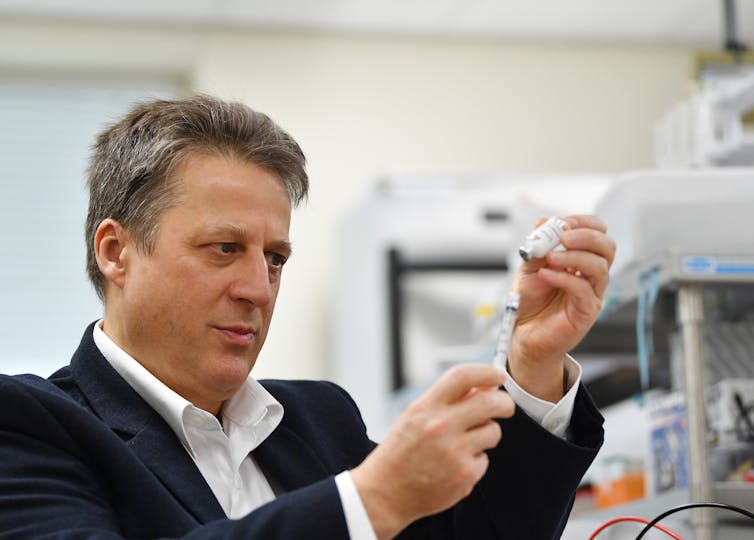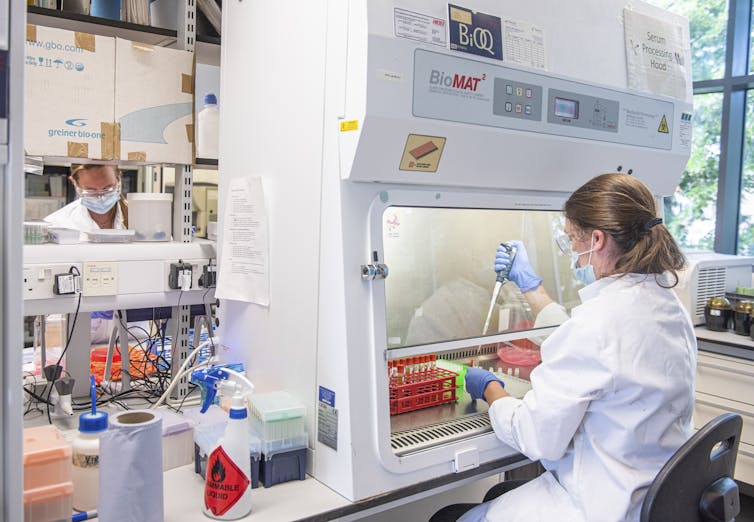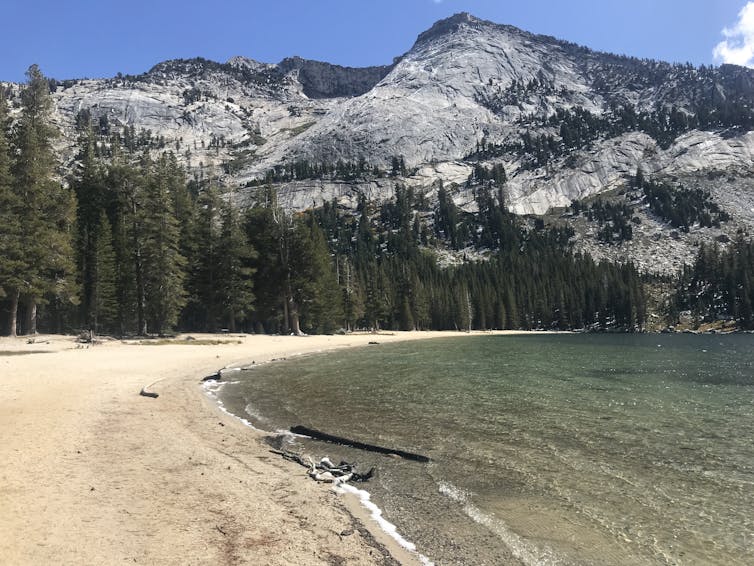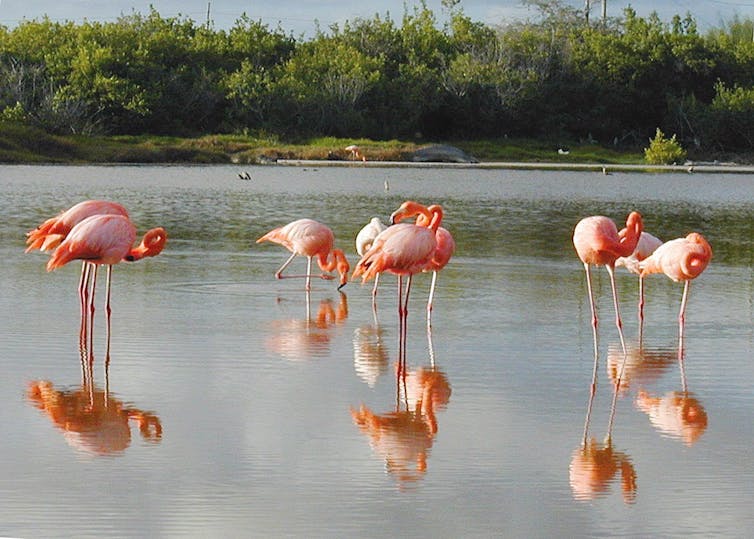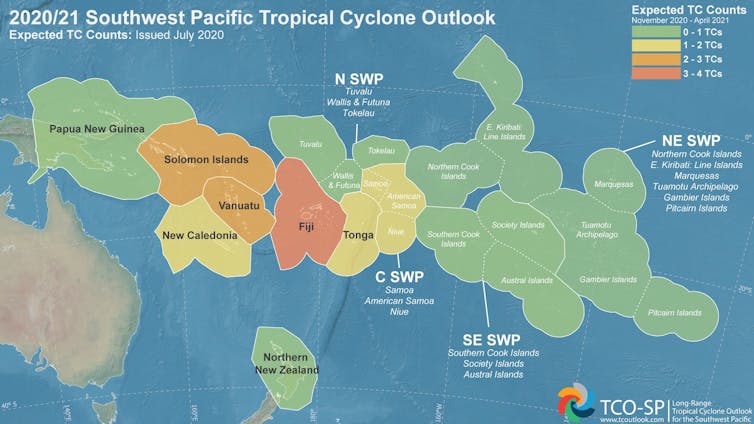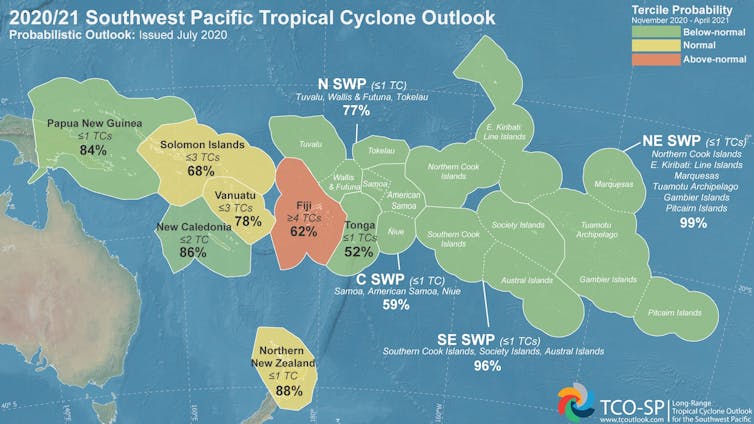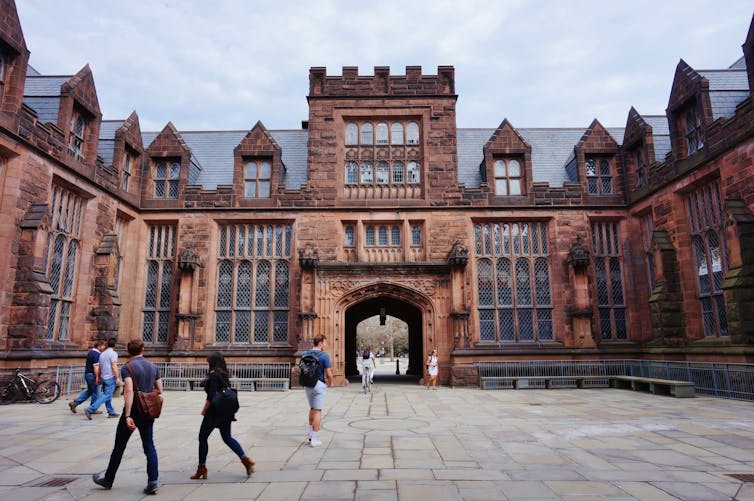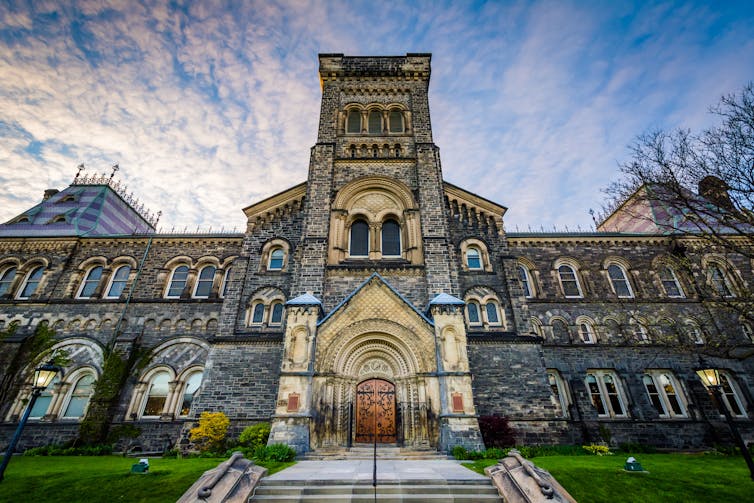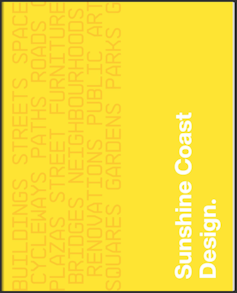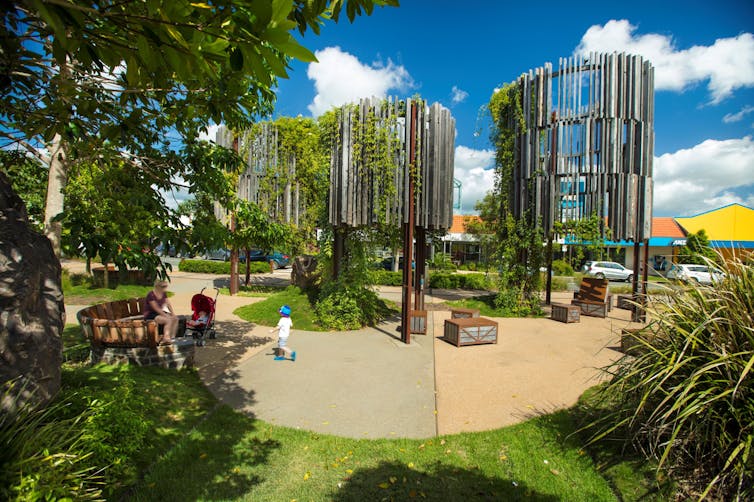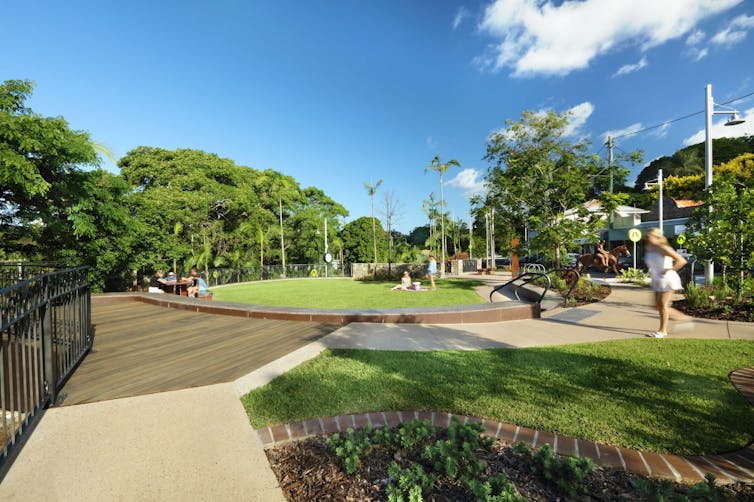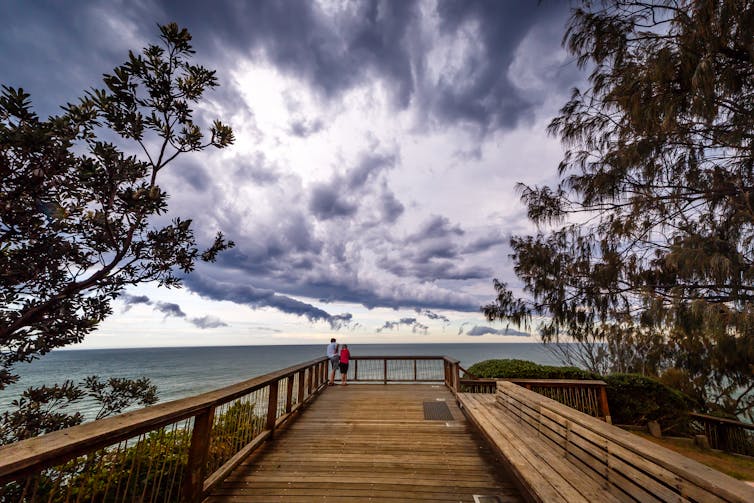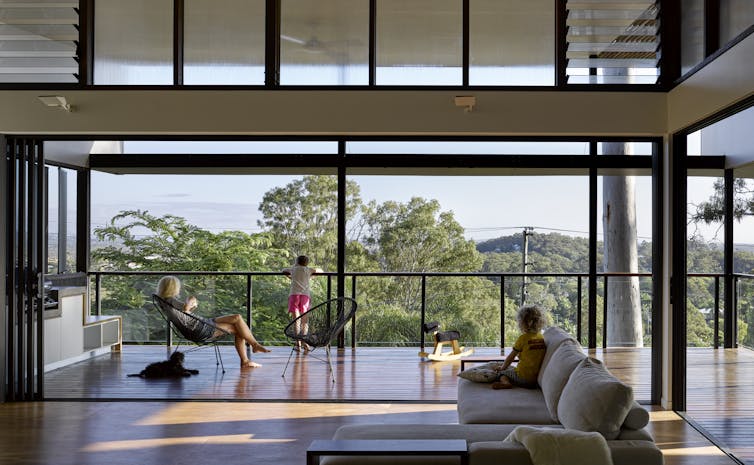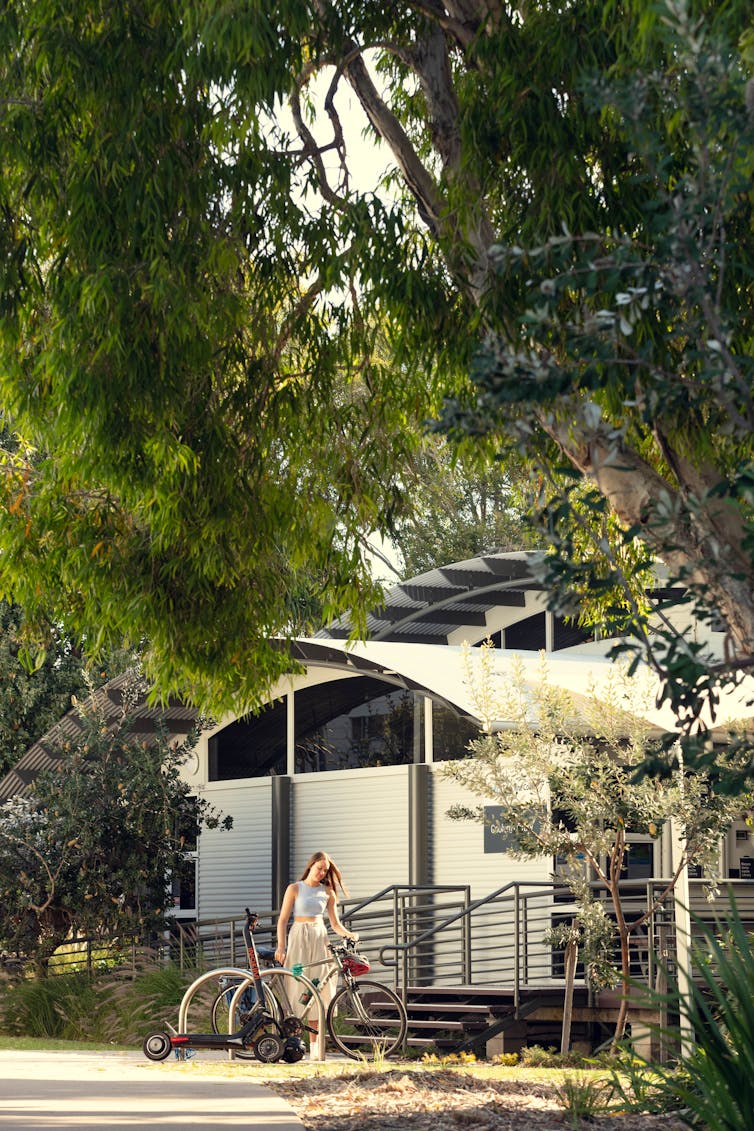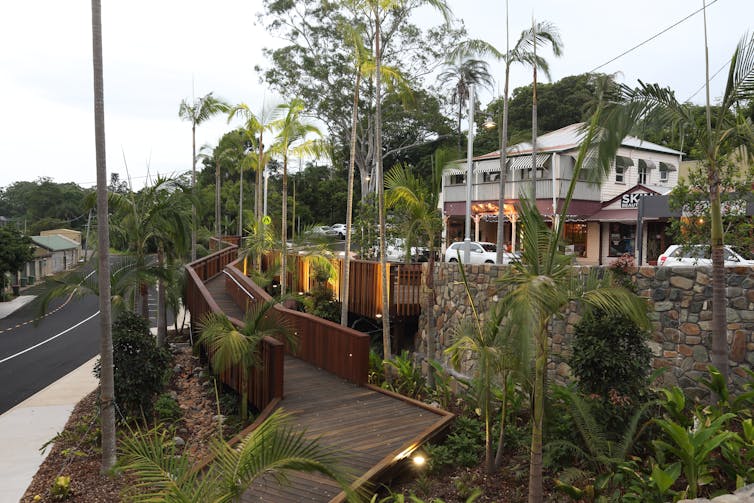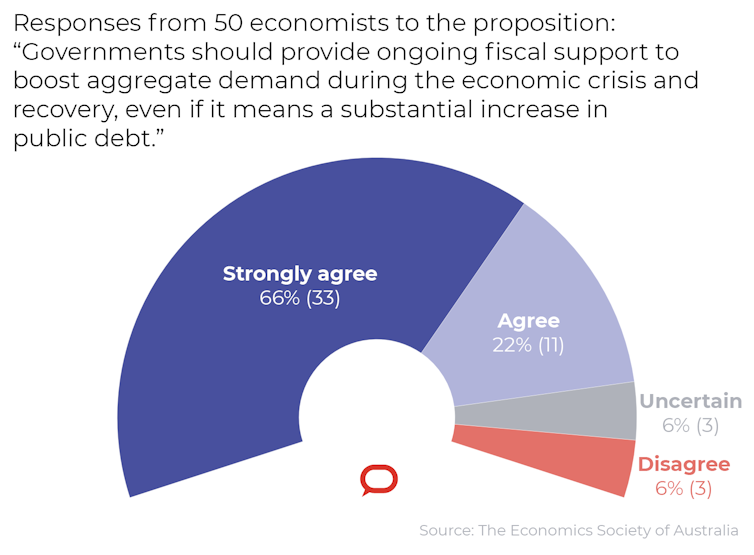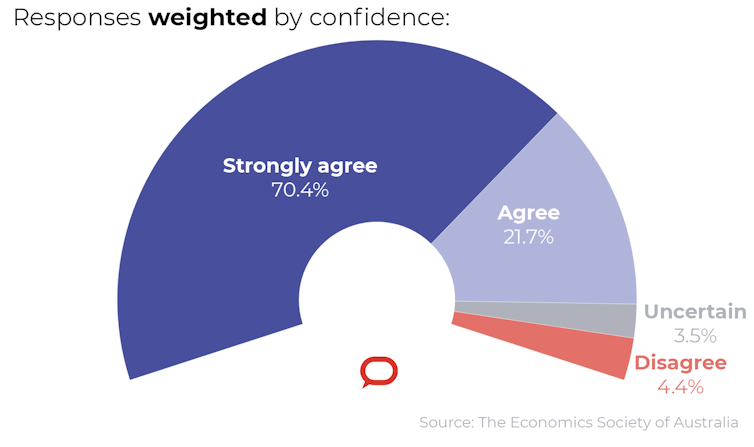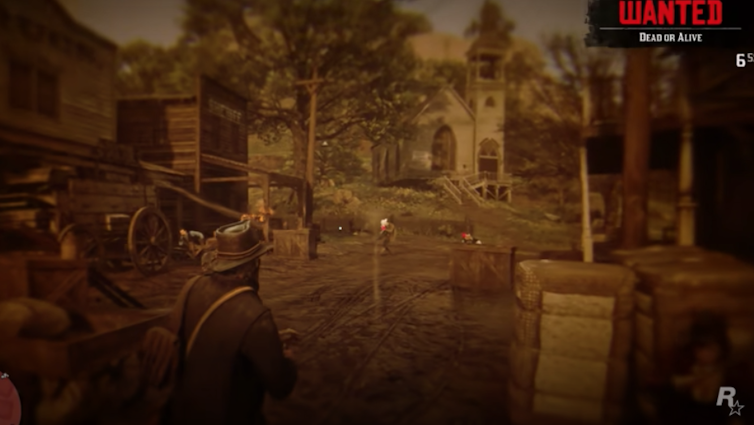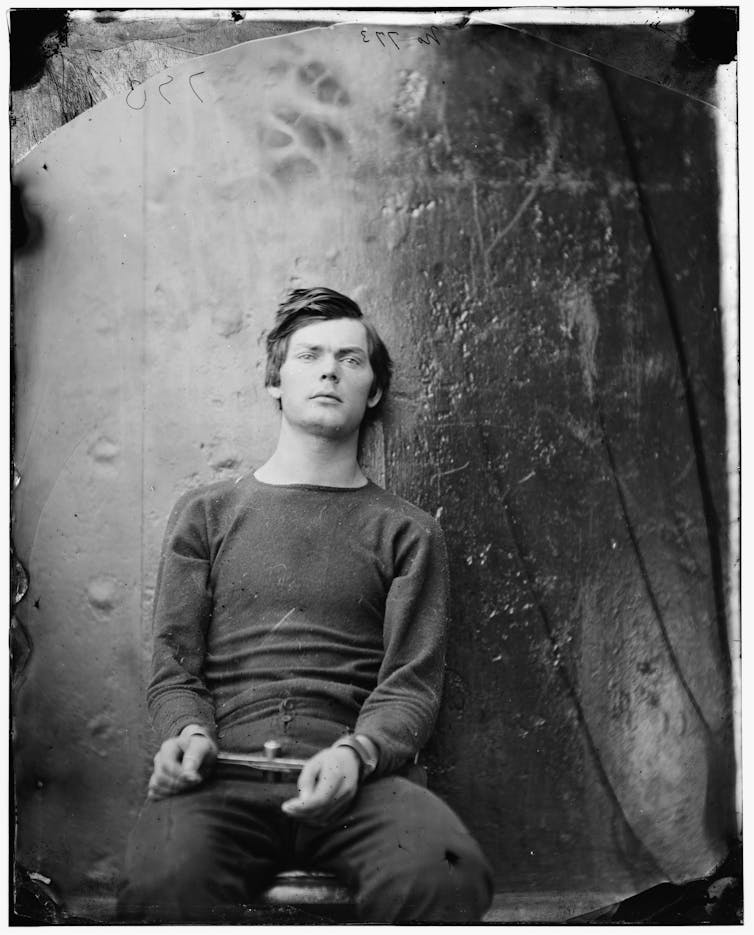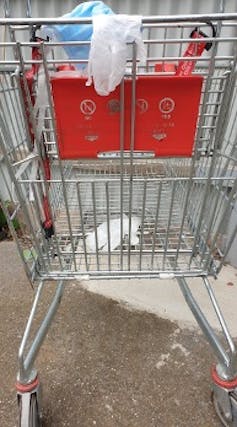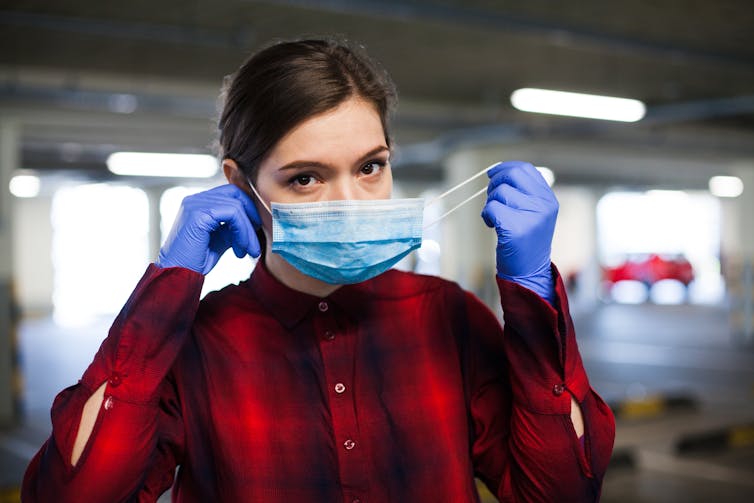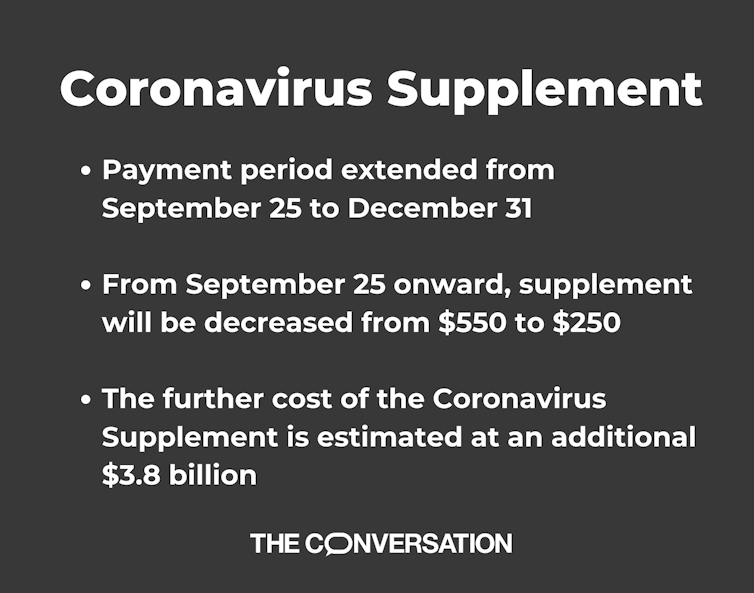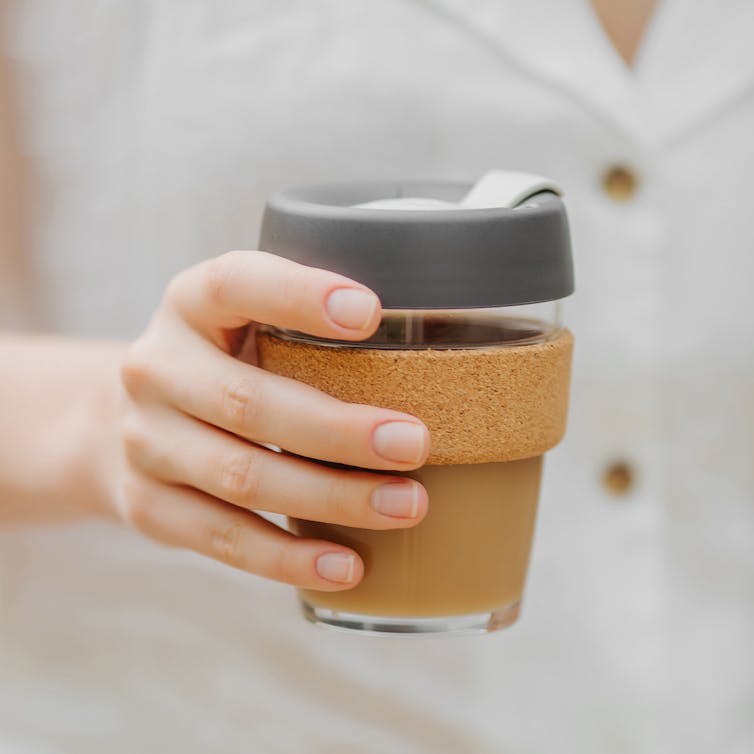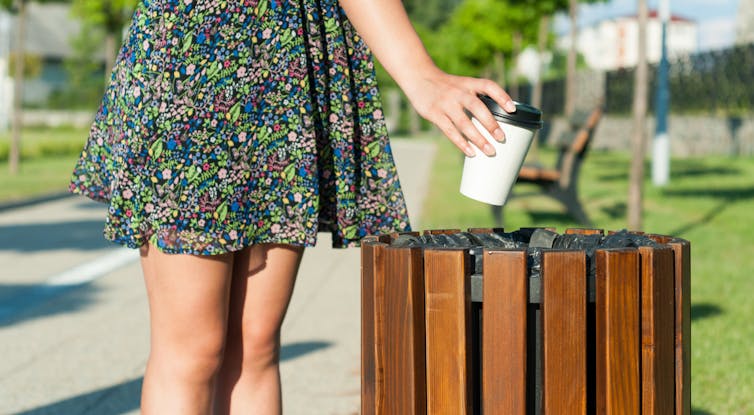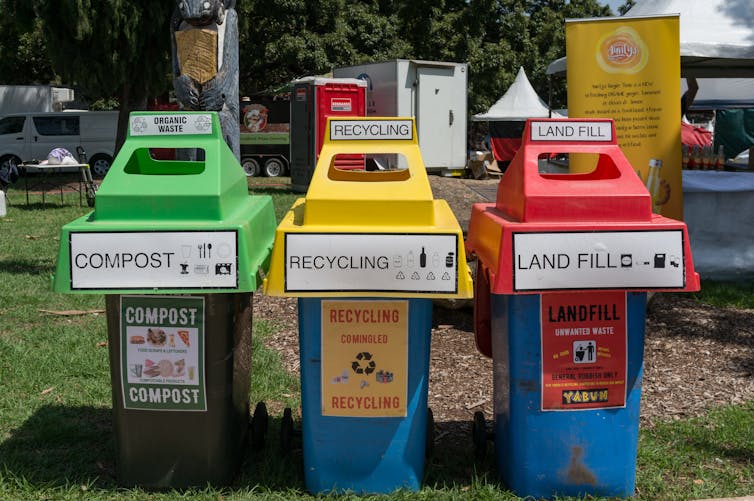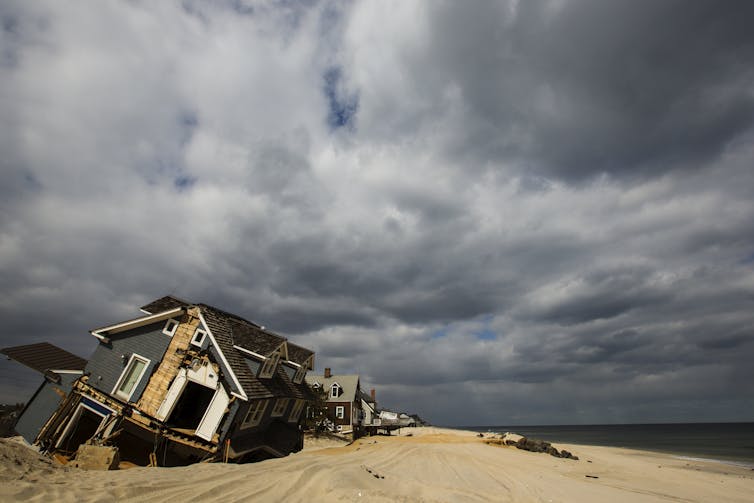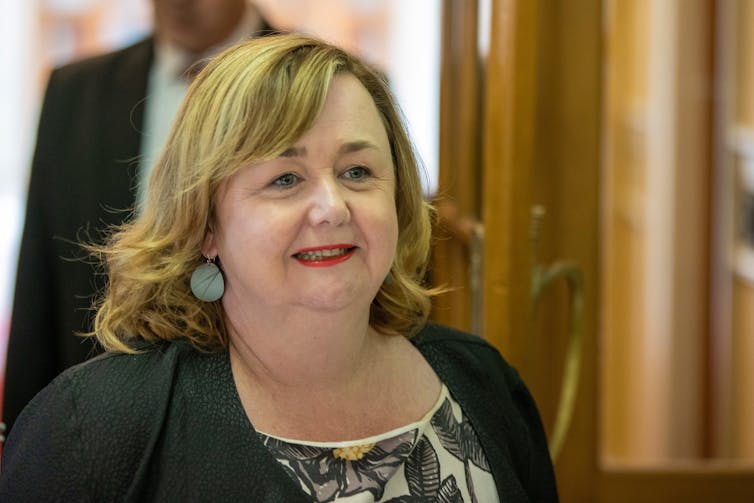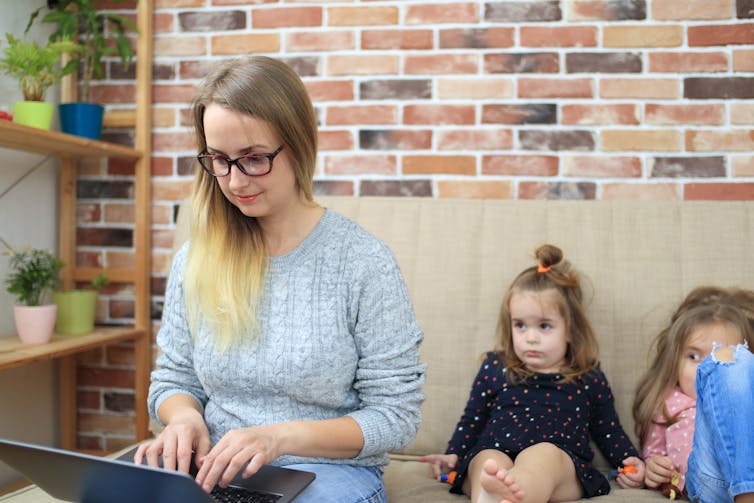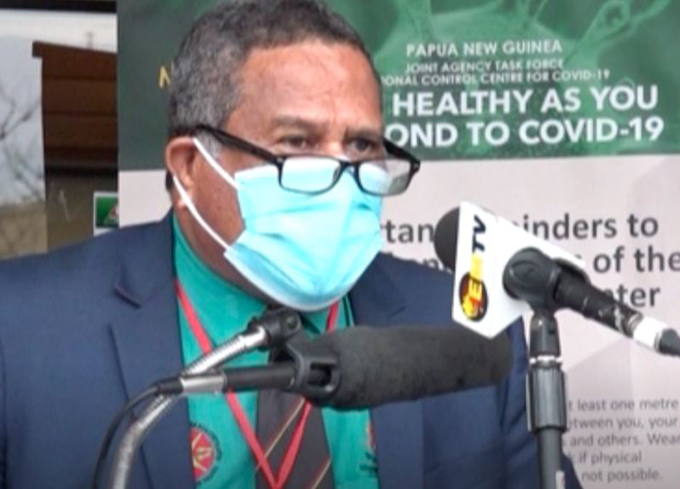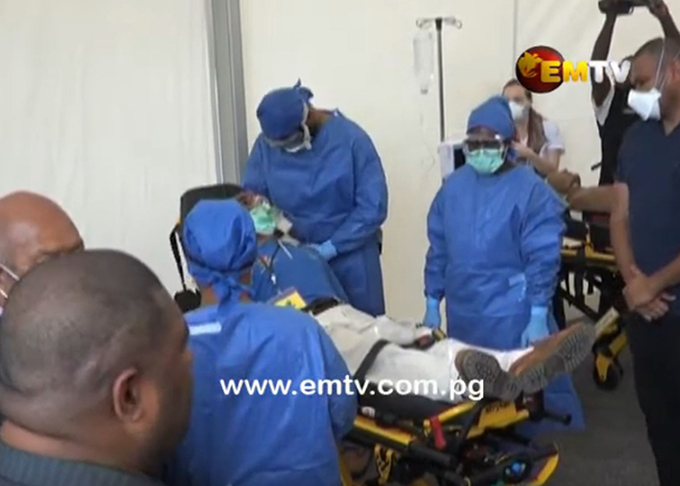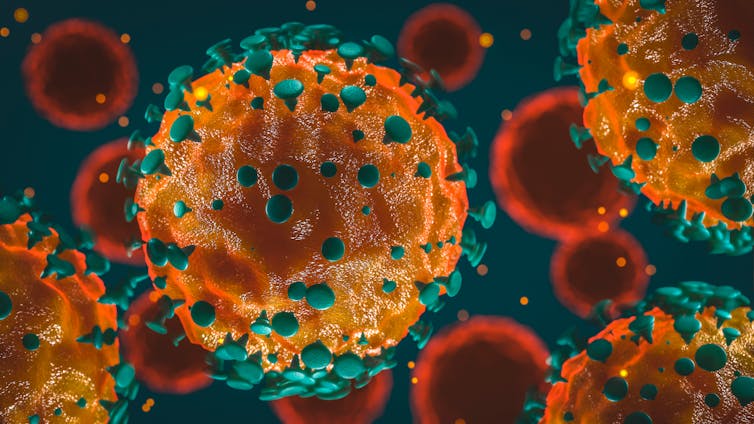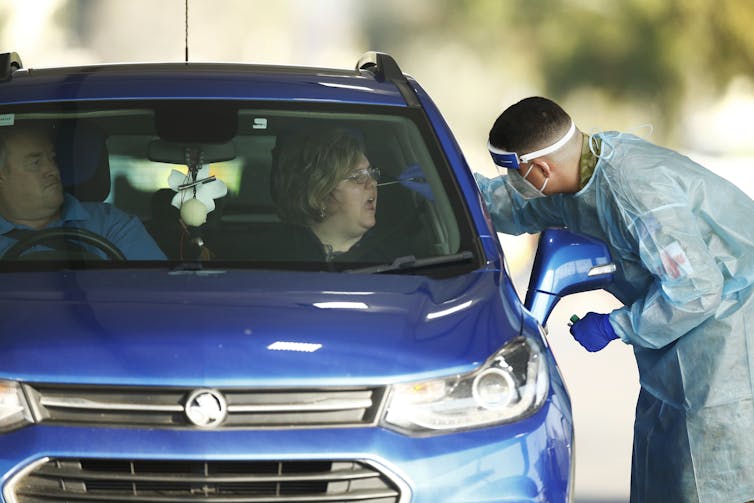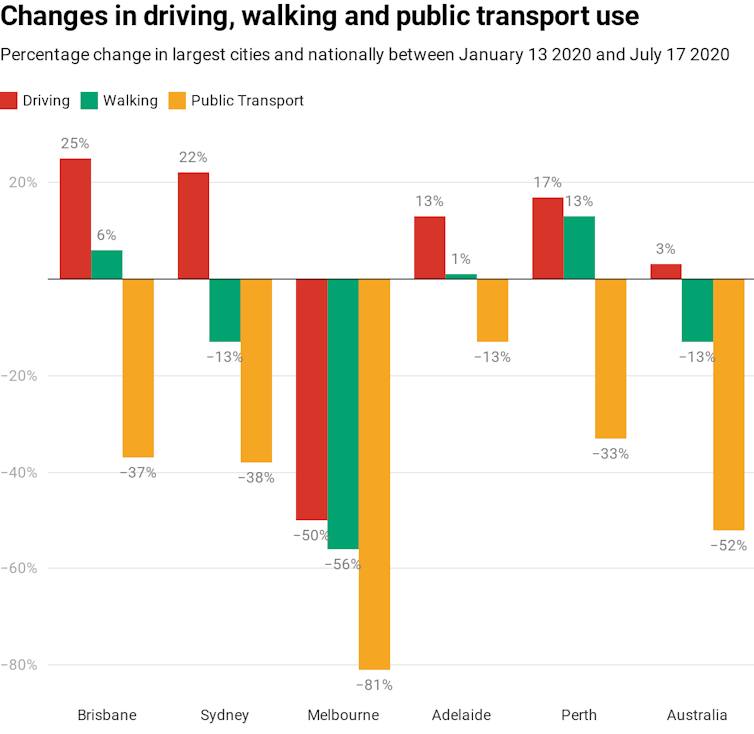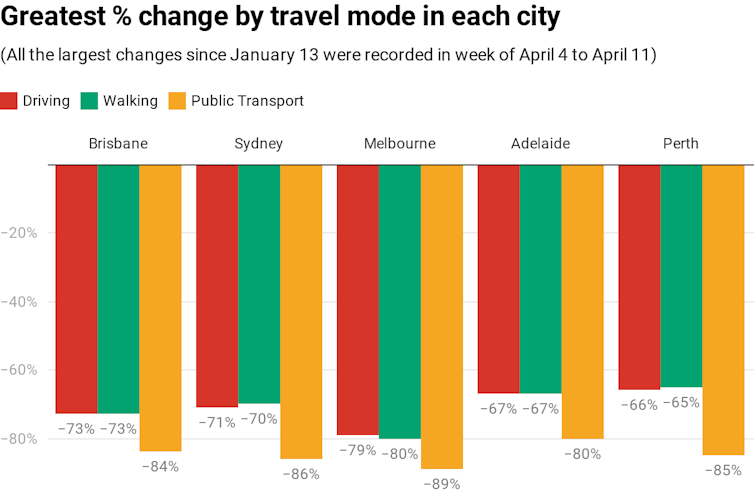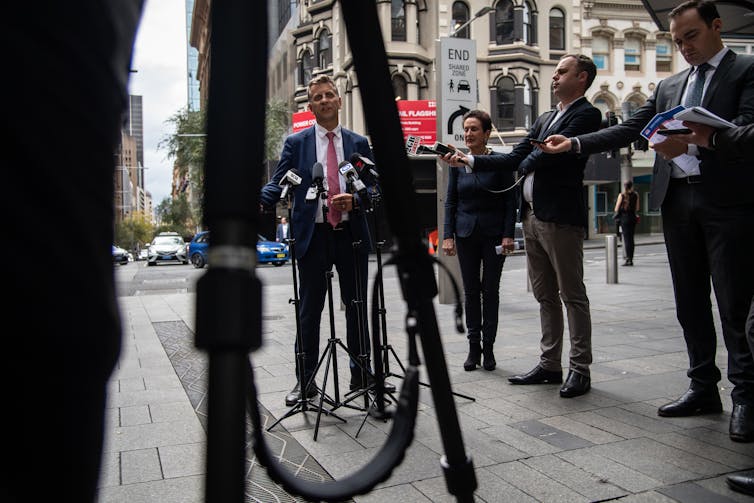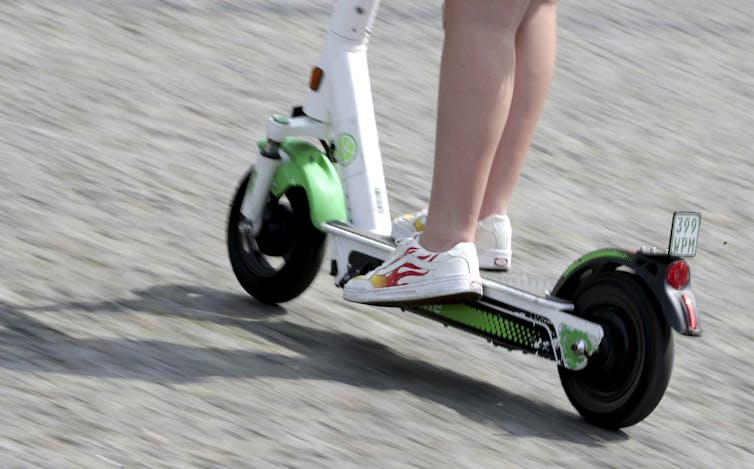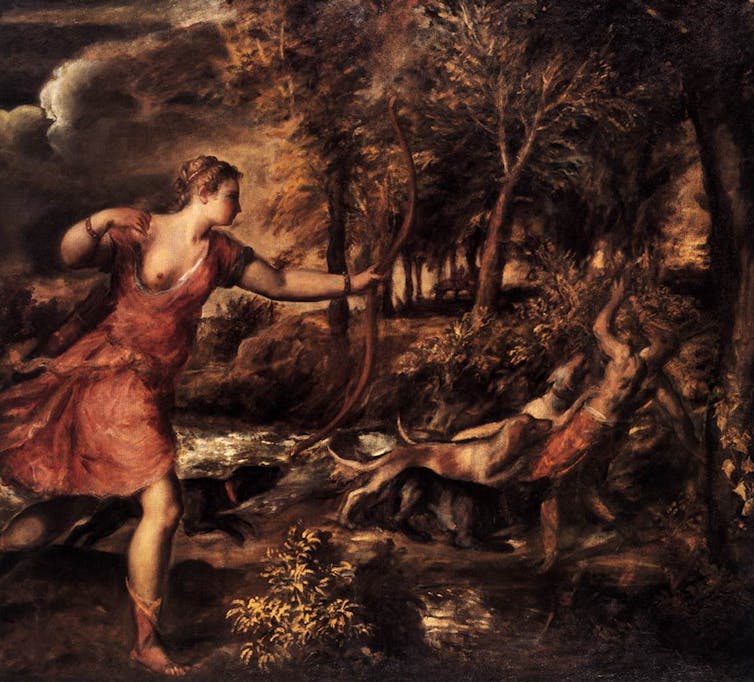Source: The Conversation (Au and NZ) – By Nicholas Evans, Professor, Linguistics, Australian National University
This open letter is written in response to the Australian government’s proposed reforms to the university sector, announced by Education Minister Dan Tehan on June 19, 2020. The so-called “job-ready graduates” package seeks to make courses in areas such as science, maths and teaching cheaper to encourage more students to get degrees in what the government sees to be job-growth areas. By contrast, fees for many humanities courses will more than double.
Read more: Fee cuts for nursing and teaching but big hikes for law and humanities in package expanding university places
Dear Minister,
We write regarding the recently proposed changes to Australian higher education funding. We welcome the much-needed intent to boost domestic student enrolments. But the complicated and inconsistent nature of the funding changes and the intent to identify “work-relevant qualifications” risk further undermining the nation’s fourth largest export industry at a time the Australian economy can ill afford it.
As laureate researchers spanning a wide range of disciplines in science, technology, engineering and mathematics (STEM), humanities, arts and social sciences (HASS) and other fields, we believe this proposal will bring severe negative national consequences for future university training. It is likely to have the unintentional effect of amplifying inequities in higher education, and will work against the very economic goals it is trying to achieve.
1. The proposal makes untenable assumptions about future growth in demand for training in particular backgrounds
Successive Australian governments have refrained from “picking winners” in industry, but here we see that approach applied to education precisely at a time when future needs are becoming more heterogeneous and unpredictable.
Bracketing the humanities and social sciences as a category deemed less useful for future employment flies in the face of what we see among leaders in both politics and business. More Liberal frontbenchers, for instance, have received an arts degree than studied economics.
Business leader Jennifer Westacott, Chief Executive of the Business Council of Australia, emphasises the importance of a humanities education and Deloitte Access Economics stresses its value in teaching students to ask innovative questions, think critically for themselves, explain what they think, form ethical constructs and communicate flexibly across a range of perspectives.
Read more: If the government listened to business leaders, they would encourage humanities education, not pull funds from it
The proposed changes reflect an outdated view of both HASS and STEM. Each is concerned with advancing our understanding of the world and providing the intellectual framework and critical thinking skills needed to acquire that understanding.
These will be critical for creating a flexible, responsive workforce in an increasingly diverse economy. In the face of our uncertainty about where future needs will lie, what we can be sure of is that interdisciplinary training will become ever more important.
2. Different pricing of subjects works against both social equity and quality teaching
It is unhealthy for a democratic and inclusive society to make some fields the province of those who can pay more for them.
Different pricing is unhealthy for every academic field: the best outcomes grow from an optimal match between disciplines and the talents and interests of those who want to study them, undistorted by arbitrary price signals.
3. The proposed policy is likely to prove rife with unintended consequences
Even within its own premises, many of the subjects it claims to promote (such as maths) will suffer severe cuts. Universities may be discouraged from offering such subjects, or boost their offerings in fields that are cheaper to teach, to cross-subsidise the more expensive courses.
The recently floated patch of an “integrity unit” to prevent this would simply increase regulatory burdens and consume resources better spent directly on education.
Complex sets of discipline categories greatly reduce the transparency and efficiency of the system. Energy will needlessly be diverted into defining subjects into or out of categories favoured or disfavoured by the funding model.
Universities need to be able to plan intelligently, delivering world-class education and training in an uncertain 21st century. Well-intended but counter-productive distortions in the funding model will not help.
The national economic impacts of these decisions have not been convincingly worked through.
A forward-looking policy of higher-education funding thus needs to do three things:
1. Avoid complex different policies
These will necessitate increased regulation, while failing to achieve either the diversion of student numbers that are sought, or the social and technological goal of better preparing our students for the future.
The simplest way to achieve this is to reinstate a flat HECS rate — a simple way to optimise the match between talent, interest and enrolment without distortions from family wealth, easy to administer, and immune from highly uncertain guesses about future trends.
2. Increase funding to universities in real terms
This will assure the growth in quality and capacity of one of Australia’s transformative success stories and its fourth greatest export. This should be a real increase, not funded from an arbitrary subset of future students at the outset of their careers in a time of great uncertainty.
We appreciate that the COVID-19 epidemic has put unprecedented pressures on the budget, but the need for greater support to our universities is more necessary than ever during this present time of huge financial stress, caused by the plummeting income of overseas students. Wise investment now will pay huge dividends later in the economic, scientific, social and cultural growth of the nation.
3. Integrate the systems for funding university and vocational education, which have long drifted apart
This will ensure every school-leaver has access to the level of training they need for a successful career. What is really needed is not a vocational approach to university education but a more systematic and thoughtful approach to vocational education.
In the modern economy, all kinds of work, including trades, require a broader range of skills than in the past, including communications and IT skills. We have much to learn here from the success of countries like Germany in integrating these two systems of higher education.
We urge this current piece of legislation be shelved in its current form, and replaced by one that has been drafted after proper consultation with a range of experts in the sector who are able to devise an optimal mechanism for building this vital part of our society’s future.
Yours sincerely,
Professor Nicholas Evans, School of Culture, History and Language, Australian National University
Professor Chris Turney, Faculty of Science, University of New South Wales
Professor Joy Damousi, President, Australian Academy of the Humanities
Christine Beveridge, School of Biological Sciences, University of Queensland
Professor John Quiggin, School of Economics, University of Queensland
Professor Matthew England, Climate Change Research Centre, The University of New South Wales
Professor Mathai Varghese, Mathematical Sciences, The University of Adelaide
Professor Sue O’Connor, Archaeology and Natural History, The Australian National
Professor Barry Brook, School of Biological Sciences, University of Tasmania
Professor Bostjan Kobe, School of Chemistry and Molecular Biosciences, University of Queensland
Professor Michael Bird, College of Science & Engineering, James Cook University
Professor Ben Andrews, Mathematical Sciences Institute, Australian National University
Professor Ian Reid, School of Computer Science, University of Adelaide
Professor Trevor J McDougall, School of Mathematics and Statistics, University of New South Wales
Professor Tamara Davis, School of Mathematics and Physics, University of Queensland
Professor Steven Sherwood, Climate Change Research Centre, University of New South Wales
Professor Peter Goodyear, Centre for Research on Learning and Innovation, The University of Sydney
Professor Madeleine JH van Oppen, Institute of Marine Science, The University of Melbourne
Professor Christopher Barner-Kowollik, School of Chemistry & Physics, Queensland University of Technology
Professor Hong Hao, Centre for Infrastructural Monitoring and Protection, Curtin University
Professor Paul S.C. Tacon, Griffith Centre for Social and Cultural Research, Griffith University
Professor Matthew Bailes, Centre for Astrophysics and Supercomputing, Swinburne University of Technology
Professor Warwick Anderson, Faculty of Arts and Social Sciences, University of Sydney
Professor Malcolm McCulloch, Oceans Institute, The University of Western Australia
Professor Lynette Russell, Monash Indigenous Studies Centre, Monash University
Professor Ping Koy Lam, Research School of Physics, The Australian National University
Professor Alexandra Y. Aikhenvald, College of Arts, Society & Education, James Cook University
Professor Chennupati Jagadish, Research School of Physics, Australian National University
Professor Margaret Jolly, School of Culture, History and Language, The Australian National University
Professor Justin Marshall, Queensland Brain Institute, University of Queensland
Professor Jason Mattingley, Queensland Brain Institute, The University of Queensland
Professor George Zhao, Faculty of Engineering, Architecture and Information Technology, The University of Queensland
Professor John Dryzek, Institute for Governance & Policy Analysis, University of Canberra
Professor Brad Sherman, School of Law, University of Queensland
Professor Richard G. Roberts, ARC Centre of Excellence for Australian Biodiversity and Heritage, University of Wollongong
Professor Geoffrey Ian McFadden, School of BioSciences, University of Melbourne, University of Melbourne
Professor Peter Taylor, ARC Centre of Excellence for Mathematical and Statistical Frontiers, The University of Melbourne
Professor Belinda Medlyn Hawkesbury, Hawkesbury Institute for the Environment, Western Sydney University
Professor Fedor Sukochev, School of Mathematics and Statistics, University of New South Wales
Professor Michelle Coote, Research School of Chemistry, Australian National University
Professor Michael Tobar, Department of Physics, The University of Western Australia
Professor Hilary Charlesworth, Melboure Law School, The University of Melbourne
Professor Mark Finnane, School of Humanities, Languages and Social Science, Griffith University
Professor Katherine Demuth, Faculty of Medicine, Macquarie University
Professor Jolanda Jetten, School of Psychology, The University of Queensland
Professor Jon Barnett, Faculty of Science, Melbourne University
Professor Matthew Spriggs, College of Arts and Social Sciences, The Australian National University
Professor Kate Smith-Miles, School of Mathematics and Statistics, The University of Melbourne
Professor Shizhang Qiao, School of Chemical Engineering and Advanced Materials, The University of Adelaide
Professor Peter Visscher, Institute for Molecular Bioscience, The University of Queensland
Professor Zheng-Xiang, Faculty of Science and Engineering, Curtin University
Professor Toby Walsh, School of Computer Science & Engineering, UNSW Sydney
Professor Martina Stenzel, ARC Training Centre for Chemical Industries, University of New South Wales
Professor David James, School of Life and Environmental Science, University of Sydney
Professor Ross Buckley, School of Law, University of New South Wales
Professor Alex Haslam, School of Psychology, University of Queensland
Professor Stuart Wyithe, School of Physics, University of Melbourne
Professor Sara Dolnicar, Faculty of Business, The University of Queensland
Professor Lesley Head, School of Geography, University of Melbourne
Professor Glenda Sluga, Department of History, University of Sydney
Professor Ann McGrath, School of History, Australian National University
Professor Bernard Degnan, School of Biological Sciences, University of Queensland
Professor Philip Boyd, Institute for Marine and Antarctic Studies, University of Tasmania
Professor Richard Shine, Department of Biological Sciences, Macquarie University
Professor Loeske Kruuk, Research School of Biology, Australian National University
Professor Kaarin Anstey, ARC Centre of Excellence in Population Ageing Research, UNSW
Professor Paul Mulvaney, School of Chemistry, University of Melbourne
Professor Lianzhou Wang, School of Chemical Engineering, The University of Queensland
Professor Peter Waterhouse, Centre for Agriculture and the Bioeconomy, Queensland University of Technology
Professor George Willis, Mathematical and Physical Science, University of Newcastle
Professor Barry Pogson, Research School of Biology, Australian National University
Professor EJ Rohling, Research School of Earth Sciences, Australian National University
Professor Enrico Valdinoci, Department of Mathematics and Statistics, University of Western Australia
– ref. An open letter to Australia’s Education Minister Dan Tehan — signed by 73 senior professors – https://theconversation.com/an-open-letter-to-australias-education-minister-dan-tehan-signed-by-73-senior-professors-142989








